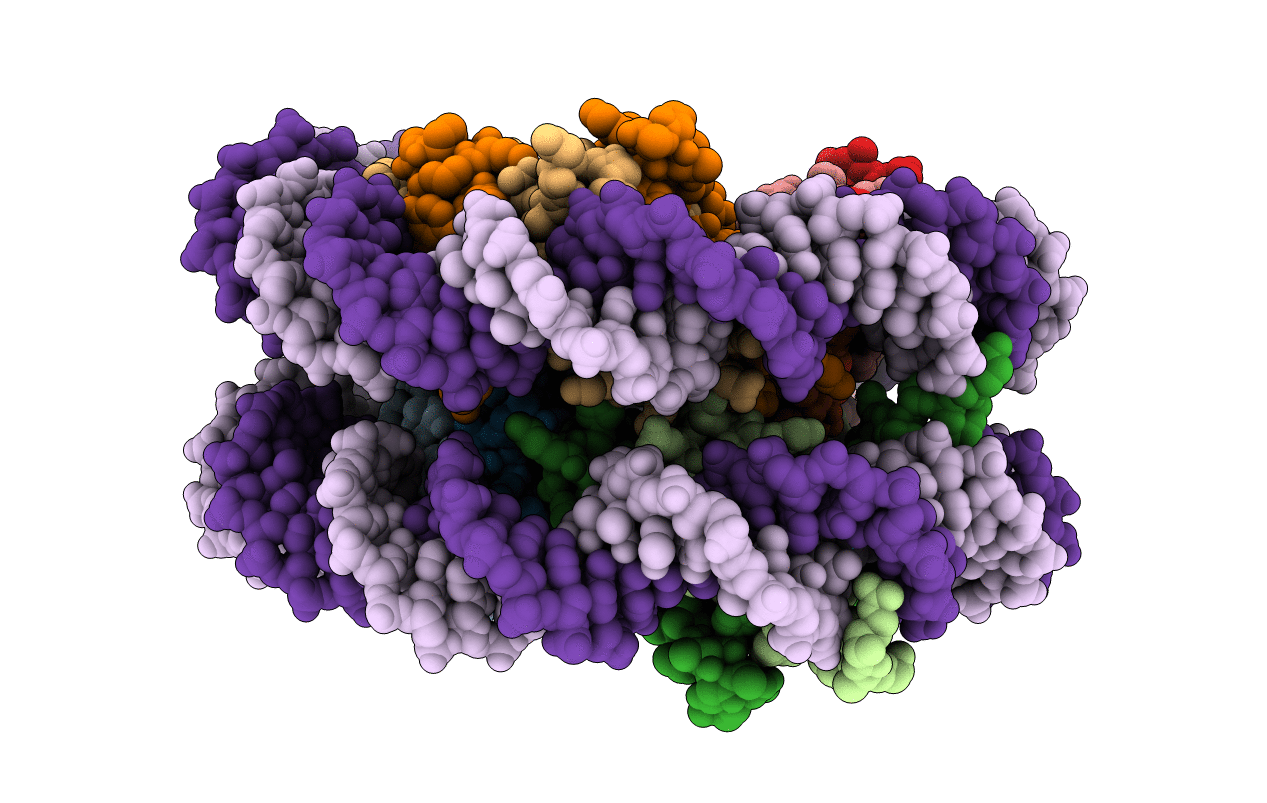
Deposition Date
2015-03-06
Release Date
2015-12-02
Last Version Date
2023-11-08
Entry Detail
PDB ID:
4YM6
Keywords:
Title:
Crystal structure of the human nucleosome containing 6-4PP (outside)
Biological Source:
Source Organism:
Homo sapiens (Taxon ID: 9606)
Host Organism:
Method Details:
Experimental Method:
Resolution:
3.51 Å
R-Value Free:
0.28
R-Value Work:
0.24
R-Value Observed:
0.24
Space Group:
P 21 21 21


